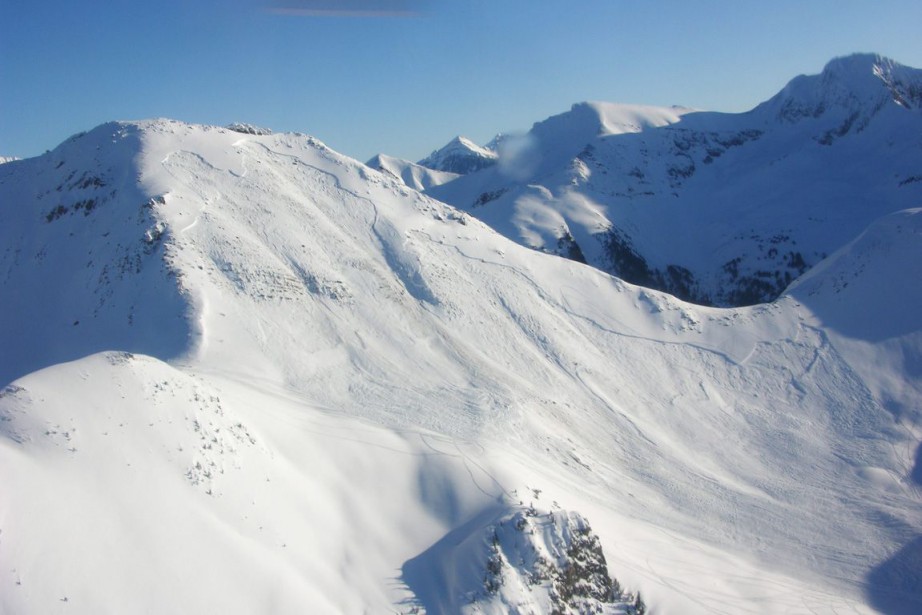Valdez Ski Report February 2, 2016 Stability Issues To Develop
SKI – Skied solo across Odessey Lake yesterday and today to get at North Odessey Gulley finding good powder conditions with some surface imperfection mainly with 1-2″ thick soft wind slabs of generally small size mixed with powder. 2-3″ new last night. Slab density and depth increase with elevation and exposure thus careful assessment on steeper routes is recommended. Ski cuts produced ne 2-foot shooting crack on a uphill kick-turn slicing over the up track. No recent naturals of note. Overall stability is good. Snowpack depth on the lake was 65cm.
AVALANCHE – North winds to persist through early Thursday as snow develops on Wednesday, then switch to southeast wind along with warming temps at or above freezing in Valdez. With copious dry snow at the surface, expect stability to become an issue with strong winds to 35mph and…progressively wetter, heavier snow on top, both of which are a good recipe for CONSIDERABLE avalanche hazard developing by Thursday. GFS model does not indicate significant snowfall for the remained of the week, but 3-8″ in the Pass is likely over the next few days.
-It’s obvious that we have an unusual snowpack developing due to the lack of wind erosion or any wind events all winter. Unusual snowpack conditions can produce unusual avalanche events if a weather event is significant enough be it heavy snow, high winds or both.
-Of note, our heaviest snowfall event this season Valdez is 15″ back in November. This is the third consecutive season that Valdez has not had a snow event over 26″. This is a climate anomaly for the snowiest city in the US.
-Finally on the avalanche side, below is a picture of the deadly avalanche incident outside McBride near Jasper in Canada last Friday. Nearly 150 sledders where in the area. 15 sledders were buried or partially buried. Five were killed from various groups in the area. What caught my attention about the picture below is how much is looks like terrain around Thompson Pass. In this incident, it appears a sledder was punching angles upward on an a steepening slope and triggered a slide onto others below.
There is a hard lesson to be learned for sledders and skiers about staying spread out and not invading the safety plan of others below or around you. Sledder also need to take into account your machine is doing some serious disturbance to the snowpack specifically regarding weight, vibrations and energy applied to a snow slab. Sure a skier is likely to trigger a slide, but a sledder much more so. That’s not a bad thing, because it’s good to know. Secondly, with a helmet on and 100 decibels surrounding your space, you are unlikely to hear avalanches occurring, unable to use one’s full peripheral vision, and unable to hear voice calls for help or warning you the rider of a hazard developing. IF you are not able to assess avalanche conditions fully, then stick to low angle terrain unconnected to avalanche terrain.
If your zoom in the pics, you can see the fresh, high, sled marks o “tester-one” driven riders above the crown of the avalanche.

